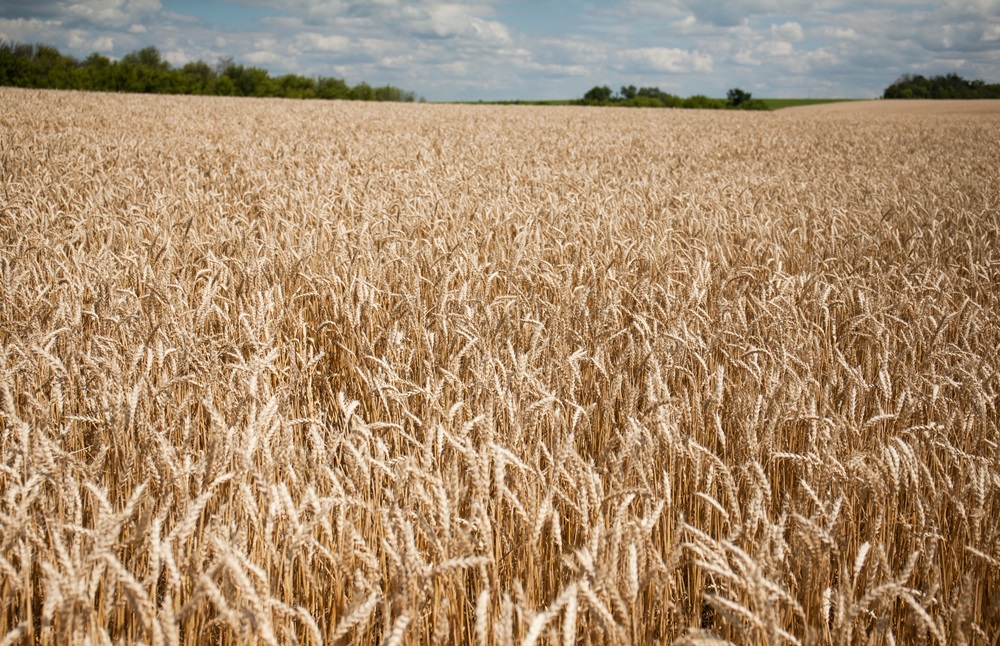Buzzword: ancient grains

Have you heard the term’ ancient grains’? At Good in Every Grain, we get this question a lot – Ontarians asking where they can buy ancient grains or asking which of the barley, corn, oats, soybean, and wheat crops we represent are classified as ‘ancient.’
‘Ancient Grains’ have been an emerging buzzword for grain consumers, but what are ancient grains? A rough definition is that ancient grains are cereal crops that haven’t changed for thousands of years. According to the Whole Grains Council, “There is no official definition of ‘ancient grains.’ All whole grains in the larger sense are ‘ancient’ — they all can trace their roots back to the beginnings of time.”
What do we mean by “changed”?
To meet society’s changing needs and the changing climate, grains and plants must also evolve and adapt to changing conditions. This could mean researchers and scientists are choosing ideal grain genetics that will continue to grow successfully in the future. This could also mean that it happens naturally in the field – a plant that won’t grow during a wet growing season will not produce seeds to populate the next year’s crop, and future genetics over time may become more tolerant to wetter soils, as those genetics are the ones that survived.
Another way to look at it is wheat crops have evolved from thousands of years ago to thrive in cooler climates. There is evidence that the origins of wheat crops are in the Middle East – a much warmer, drier climate than in many places where wheat is grown today. Over thousands of years, the wheat crop has evolved to now thrive in places like Ontario.
Are ancient grains better for you?
One myth about ancient grains is that they’re more nutrient-dense and better for you than those grown today.
The grains you see while driving by a field have changed since humans first discovered how to grow crops. This does not make them bad for you. The hype around ‘ancient’ and ‘old’ is simply just a trend and may not be the better option. All grains still provide nutrients that our bodies need to survive, including fibre, vitamins, and other nutrients. Choosing a grain option to receive all available nutrients found in all grains (ancient or not) is a great addition to a healthy lifestyle.
Are whole grains the same as ancient grains?
Whole grains are not the same thing as ancient grains. A whole grain is when all parts of the grain seed are used, and they are just as healthy as ancient grains. There is little to no nutritional difference between ancient and whole grains. The difference in consuming grains that retain nutrition is the choice between a whole-grain product (brown bread) and a refined-grain product (white bread). Refined grains contain slightly less fibre and nutrients due to milling.
Canada’s Food Guide recommends filling a quarter of your plate with a grain option. This could be choosing grains like barley, oats, wheat, or ancient grains like buckwheat or sorghum. Avoiding grains altogether is not recommended by health professionals: regularly consuming them will give your body the nutrients it needs.



